
漢德百科全書 | 汉德百科全书
 England
England




 Nobel prize
Nobel prize
 Nobel Prize in Physiology or Medicine
Nobel Prize in Physiology or Medicine
 Nobel prize
Nobel prize
 Nobel Prize in Chemistry
Nobel Prize in Chemistry
 Nobel prize
Nobel prize
 University/Institute
University/Institute

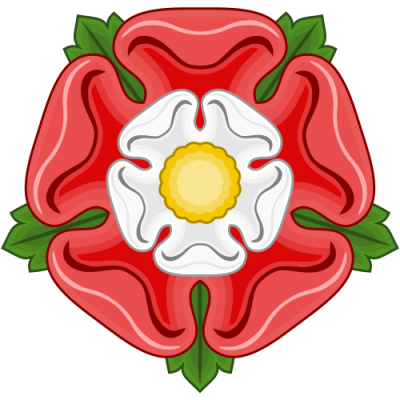
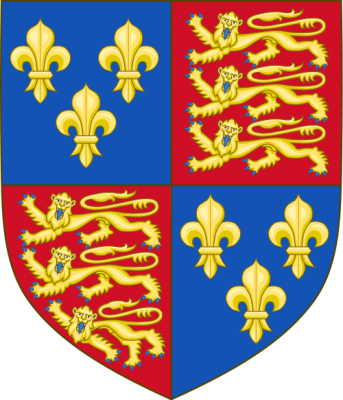
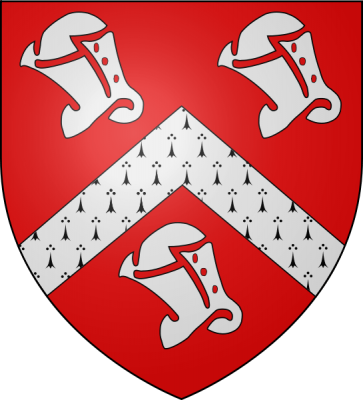
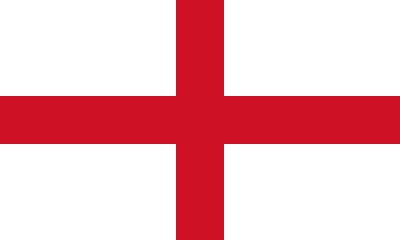
Haus Tudor [ˈtuːdə], [ˈtʲuːdə], walisisch Tudur oder Tewdwr (engl. Royal House of Tudor), ist der Name eines walisischen Geschlechtes auf dem englischen Königsthron von 1485 bis 1603.
Der erste englische Tudor-König Heinrich VII. führte seinen Anspruch auf den Thron über seine Mutter Margaret Beaufort auf den 1377 gestorbenen König Eduard III. Plantagenet zurück. Vater Heinrichs war Edmund Tudor, Earl of Richmond, Sohn des Owen Tudor. Als Oberhaupt der Partei des Hauses Lancaster besiegte er den letzten König aus dem Hause York, Richard III. in der Schlacht von Bosworth Field 1485, wurde vom Parlament anerkannt und heiratete Elizabeth of York, Schwester des verschollenen Königs Eduard V.
Nach der letzten englischen Königin aus dem Hause Tudor folgte Jakob I. aus dem Haus Stuart auf den Thron, da er der Urenkel von Margaret Tudor war; er wurde der erste gemeinsame König von England und Schottland
都铎王朝(英语:House of Tudor),是1485至1603年间统治英格兰王国和其属土的王朝。而该王朝首位君主亨利·都铎乃威尔士古时的德赫巴思公国(Welsh principality of Deheubarth)统治者和英格兰的兰开斯特王室的后裔。
来自德赫巴斯国(Deheubarth)的亨利·都铎不但得到兰开斯特王朝的支持者的民心,更在战争中获得兰开斯特宿敌——约克王室的支持,在玫瑰战争后期渐渐得势。之后顺利登上英王大位,是为亨利七世。而他和伊丽莎白·约克的联姻,象征着过往开战的双方,在新王朝的旗帜下联合起来,进一步巩固了都铎家族的胜利。而都铎王朝的权势并不局限在英格兰,他们在《1535-1542年威尔士系列法案》中成功将威尔士兼并入英格兰,并确立了英格兰对爱尔兰王国的治权。他们亦维持了对法国王位的主张,但历任君主都没有在实现该主张上有任何实质进展。
历史上总共有五位都铎君主统治过英格兰的属地,超过一个世纪。而亨利八世是唯一一位活至成年的亨利七世后裔。因此王位继承一直是都铎年间的主要政治议题。
随着终身不嫁的“童贞女王”伊丽莎白一世的驾崩,都铎王室从此绝嗣。而当时在位苏格兰国王詹姆士六世的曾祖母,正是亨利八世的长姊玛格丽特·都铎公主。因此詹姆士根据和伊丽莎白生前的秘密约定,入继英格兰王位,英苏两国组成共主邦联,结束两国持续近六百年的战争,进入了斯图亚特王朝时期。
テューダー朝(テューダーちょう、英語:Tudor dynasty)は、イングランド王国(1485年 - 1603年)およびアイルランド王国(1541年 - 1603年)の王朝。チューダー朝とも。薔薇戦争を勝ち抜き、ヨーク朝を倒して王位を得た。女系を通じてランカスター朝に繋がる。
テューダー家はウェールズを発祥とする、かつてのウェールズの君主の末裔の家系であったが、ヘンリー7世の祖父オウエン・テューダーはイングランド王ヘンリー5世の未亡人キャサリン・オブ・ヴァロワの納戸係秘書を務める下級貴族に過ぎなかった。しかしオウエンはキャサリンと結婚し、その間に生まれたエドマンド・テューダーらの子供たちは一躍、ヘンリー6世の異父弟として、またフランス王家の血を引く者として上級貴族の一員となった。エドマンドが、エドワード3世の四男ジョン・オブ・ゴーントの曾孫であるボーフォート家のマーガレット・ボーフォートと結婚し、その間に生まれたリッチモンド伯ヘンリー・テューダーは母方の血統により最後のランカスター家の王位継承権者となった。1485年、ヘンリー・テューダーはボズワースの戦いでリチャード3世を破ってヘンリー7世として即位し、テューダー朝を開いた。
百年戦争、薔薇戦争で疲弊した諸侯を抑圧して絶対王政を推進し、海外進出にも積極的で、その政策はヘンリー8世、エドワード6世、メアリー1世、エリザベス1世に受け継がれ、テューダー朝の全盛期を築いた。エリザベス1世の死によりヘンリー8世の血筋が絶えたため、ヘンリー7世の血を引くスコットランド王ジェームズ6世がジェームズ1世としてイングランド王に迎えられ、イングランドにおけるステュアート朝を開いた。王家の出自もあって、この時代に国王の臣下として活躍した人物には、フランシス・ドレークやウォルター・ローリーなどウェールズ系が多いと言われている。
The House of Tudor was an English royal house of Welsh origin,[1] descended in the male line from the Tudors of Penmynydd. Tudor monarchs ruled the Kingdom of England and its realms, including their ancestral Wales and the Lordship of Ireland (later the Kingdom of Ireland) from 1485 until 1603, with five monarchs in that period. The Tudors succeeded the House of Plantagenet as rulers of the Kingdom of England, and were succeeded by the House of Stuart. The first Tudor monarch, Henry VII of England, descended through his mother from a legitimised branch of the English royal House of Lancaster. The Tudor family rose to power in the wake of the Wars of the Roses, which left the House of Lancaster, to which the Tudors were aligned, extinct.
Henry Tudor was able to establish himself as a candidate not only for traditional Lancastrian supporters, but also for the discontented supporters of their rival House of York, and he rose to the throne by the right of conquest. His victory at the Battle of Bosworth Field was reinforced by his marriage to the English princess Elizabeth of York, daughter of Edward IV, symbolically uniting the former warring factions under a new dynasty. The Tudors extended their power beyond modern England, achieving the full union of England and the Principality of Wales in 1542 (Laws in Wales Acts 1535 and 1542), and successfully asserting English authority over the Kingdom of Ireland. They also maintained the nominal English claim to the Kingdom of France; although none of them made substance of it, Henry VIII fought wars with France trying to reclaim that title. After him, his daughter Mary I lost control of all territory in France permanently with the fall of Calais in 1558.
In total, five Tudor monarchs ruled their domains for just over a century. Henry VIII was the only son of Henry VII to live to the age of maturity. Issues around the royal succession (including marriage and the succession rights of women) became major political themes during the Tudor era. In 1603 when Elizabeth I died without heir, the Scottish House of Stuart supplanted the Tudors as England's royal family through the Union of the Crowns. The first Stuart to be King of England, James VI and I, descended from Henry VII's daughter Margaret Tudor, who in 1503 married James IV as part of the Treaty of Perpetual Peace.For analysis of politics, diplomacy and social history, see Tudor period.
La famille Tudor est à l'origine d'une dynastie royale qui a donné son nom à la période de l'histoire anglaise située entre 1485 et 1603. L'ère Tudor marque la fin de la guerre civile qu'a constituée la guerre des Deux-Roses et couvre le règne de cinq monarques qui ont contribué à faire de l'Angleterre une puissance européenne majeure.
La dynastie Tudor ou maison Tudor (Tudur en gallois) est d'origine galloise et voit son origine remonter au XIIIe siècle. Les deux principaux monarques Henri VIII d'Angleterre et la reine Élisabeth Ire, orchestrèrent la mutation du royaume d'Angleterre d'une arrière-cour européenne toujours plongée dans le Moyen Âge en un puissant État de la Renaissance1.
La dinastia Tudor (in inglese: House of Tudor; in gallese: Tudur) fu un'antica casata reale inglese di origini gallesi. I Tudor, tramite cinque sovrani, governarono il Regno d'Inghilterra e i suoi reami, compreso il loro ancestrale Galles e la Signoria d'Irlanda (più tardi il Regno d'Irlanda), dal 1485 al 1603.
I Tudor succedettero ai Plantageneti come governanti del Regno d'Inghilterra. Il primo monarca Tudor fu Enrico VII, discendente attraverso sua madre da un ramo legittimato della Casa reale inglese di Lancaster. Enrico salì al potere dopo la Guerra delle due rose (1455–1485) , atroce scontro fratricida che lasciò gli York decimati e i Lancaster estinti: infatti, l'ultimo re della famiglia Lancaster, Enrico VI, e il suo unico erede Edoardo morirono entrambi nel 1471, mentre l'ultimo re della famiglia York, Riccardo III, venne sconfitto e ucciso nella battaglia di Bosworth Field contro Enrico Tudor, il quale si affermò come discendente e membro dei Lancaster e conquistò ben presto la Corona d'Inghilterra.
Enrico VII inoltre, per rafforzare la propria posizione, sposò Elisabetta di York, figlia del re Edoardo IV e nipote di Riccardo III, in modo da racchiudere entrambe le famiglie sotto, letteralmente, un unico "tetto". Di questa unione è simbolo la cosiddetta "rosa Tudor", generata dall'unione della rosa rossa dei Lancaster e della rosa bianca degli York.
Insieme al già citato Enrico VII, suo figlio Enrico VIII e sua nipote Elisabetta I furono i tre principali sovrani ed esponenti della dinastia ed ebbero un ruolo molto importante nella trasformazione dell'Inghilterra da Paese della "periferia" europea dell'epoca medievale a potenza destinata a dominare gran parte del Pianeta nei secoli successivi.
I Tudor, infatti, estesero il loro dominio oltre la mera Inghilterra, governando anche sul Galles e sull'Irlanda. Nominalmente mantennero vive le storiche pretese della monarchia inglese sul trono di Francia, ma nessuno eccetto Enrico VIII vi si impegnò seriamente. Alla fine fu sua figlia Maria I ad abbandonare ogni pretesa su di esso quando perse l'ultimo avamposto inglese in Francia, Calais.
Dopo la morte senza eredi maschi del quindicenne Edoardo VI e il successivo regno delle sue due sorelle, Maria I e Elisabetta I, anch'esse morte senza eredi, la dinastia dei Tudor si estinse definitivamente nel 1603, portando sul trono inglese la Casa reale degli Stuart, già sovrani di Scozia.
La Casa de Tudor o Dinastía Tudor gobernó el reino de Inglaterra desde 1485 hasta 1603.2 Su emblema era una rosa, la rosa Tudor, de diez pétalos, cinco blancos en el centro y cinco rojos en el borde exterior. De esta forma se simbolizaba la unión de la Casa de York con la Casa de Lancaster y el fin de la guerra civil que ensangrentó la historia inglesa durante el siglo XV. Su historia está entrelazada con los acontecimientos más importantes y dramáticos de la historia moderna de Europa y del mundo, pues bajo su gobierno comenzó la exploración inglesa de América. Por ello se la considera como la familia real inglesa más famosa y controvertida. Son un ejemplo de las monarquías autoritarias con las que compitieron y se relacionaron en el escenario de la Europa occidental del Antiguo Régimen.3
Тюдо́ры (по традиционному русскому ударению; английское ударение на первый слог, англ. Tudors, ед. ч. Tudor) — королевская династия Англии в 1485—1603.
Происходит от валлийской дворянской семьи ap Tuddur, названной в честь Тудура ап Горонви (валл. Tudur ap Goronwy, 1310-1367), род которого издавна владел землями на острове Англси.
Является одной из ветвей рода Койлхена, и, таким образом, имела формальное право на владение всей Британией. Роль в английской истории Тюдоры начали играть с сына Маредида Оуэна Тюдора, который женился на Екатерине Французской, вдове Генриха V. От этого брака родились два сына — Эдмунд и Джаспер, — которым их единоутробный брат Генрих VI дал титулы графа Ричмонда и графа Пембрука соответственно. Эдмунд Тюдор ещё раз породнился с домом Ланкастеров, женившись на правнучке основателя этой ветви Джона Гонта (через узаконенную линию потомков его любовницы, а позднее и жены, Катерины Суинфорд), официально не имевшей права на престол Маргарите Бофорт. От этого брака (уже после смерти отца) родился будущий Генрих VII (1457).
После гибели последнего Ланкастера, принца Эдуарда (1471), ланкастерская партия поддерживала кандидатуру находившегося во Франции Генриха Тюдора[1], хотя были и другие претенденты, также находившиеся в родстве с Бофортами (например, герцог Бекингэм). Воспользовавшись кризисом в Англии после захвата власти Ричардом III, Генрих высадился в Уэльсе, двинулся вглубь страны, победил Ричарда, павшего в битве при Босворте, и стал 22 августа 1485 г. королём. Права на престол Генрих подкрепил женитьбой на дочери Эдуарда IV Йоркского, Елизавете; таким образом, дома Ланкастеров и Йорков объединились.
После Генриха VII царствовал его сын Генрих VIII, а затем трое детей последнего: Эдуард VI, Мария I и Елизавета I. Между царствованиями Эдуарда и Марии престол был на несколько дней узурпирован правнучкой Генриха VII леди Джейн Грей.
Так как дети Генриха VIII не оставили потомства, со смертью Елизаветы I династия Тюдоров пресеклась. Самым близким родственником династии стал король Шотландии Яков VI, сын Марии Стюарт, которая была дочерью Якова V, матерью которого была сестра Генриха VIII Маргарита Тюдор. Таким образом, после Елизаветы престол перешёл к Якову (ставшему королём Англии как Яков I), и династия Стюартов стала царствовать в обоих королевствах Британских островов.
Время Тюдоров — период Возрождения в Англии, становления абсолютизма, активного участия страны в европейской политике, расцвета культуры (материальной и духовной), экономических реформ (огораживания), приведших к обнищанию (пауперизации) значительной части населения. Одно из самых драматических событий периода — Английская реформация, предпринятая Генрихом VIII по личным причинам (отсутствие санкции Рима на новый брак), Контрреформация и репрессии против протестантов при Марии, новый возврат к англиканству при Елизавете.
При Тюдорах Англия достигла Америки (экспедиция Кабота — конец XV века) и начала её колонизацию. Важное политическое событие, упрочившее единство нации — морская победа над испанской «Непобедимой армадой» в 1588 году.


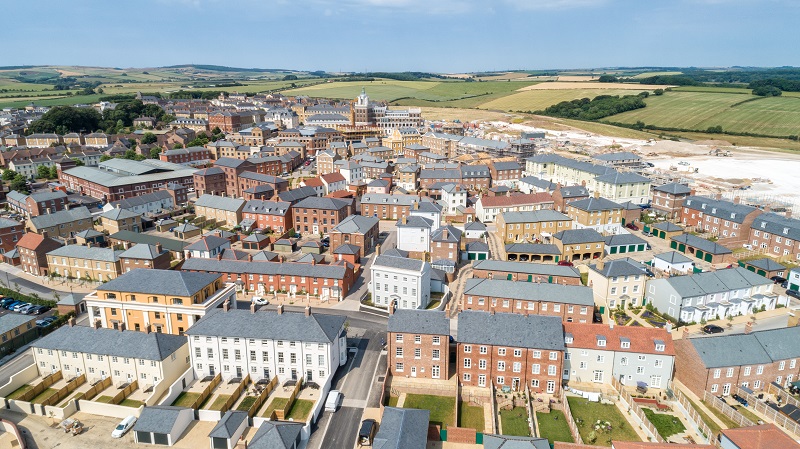
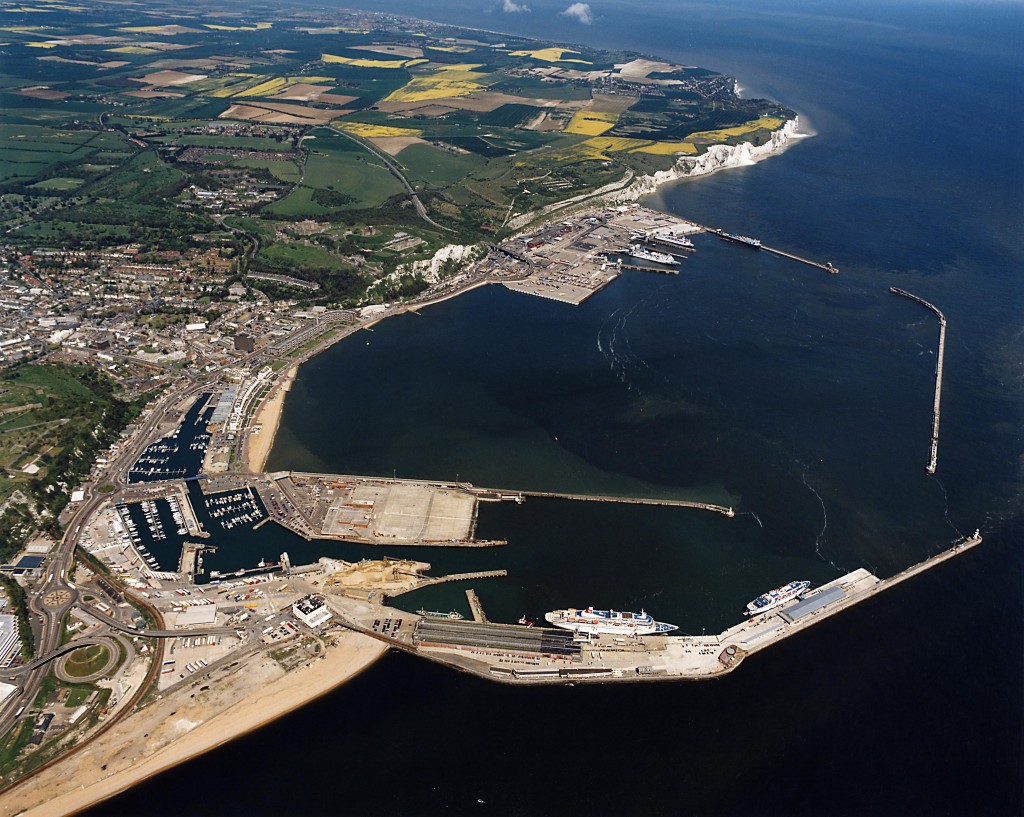
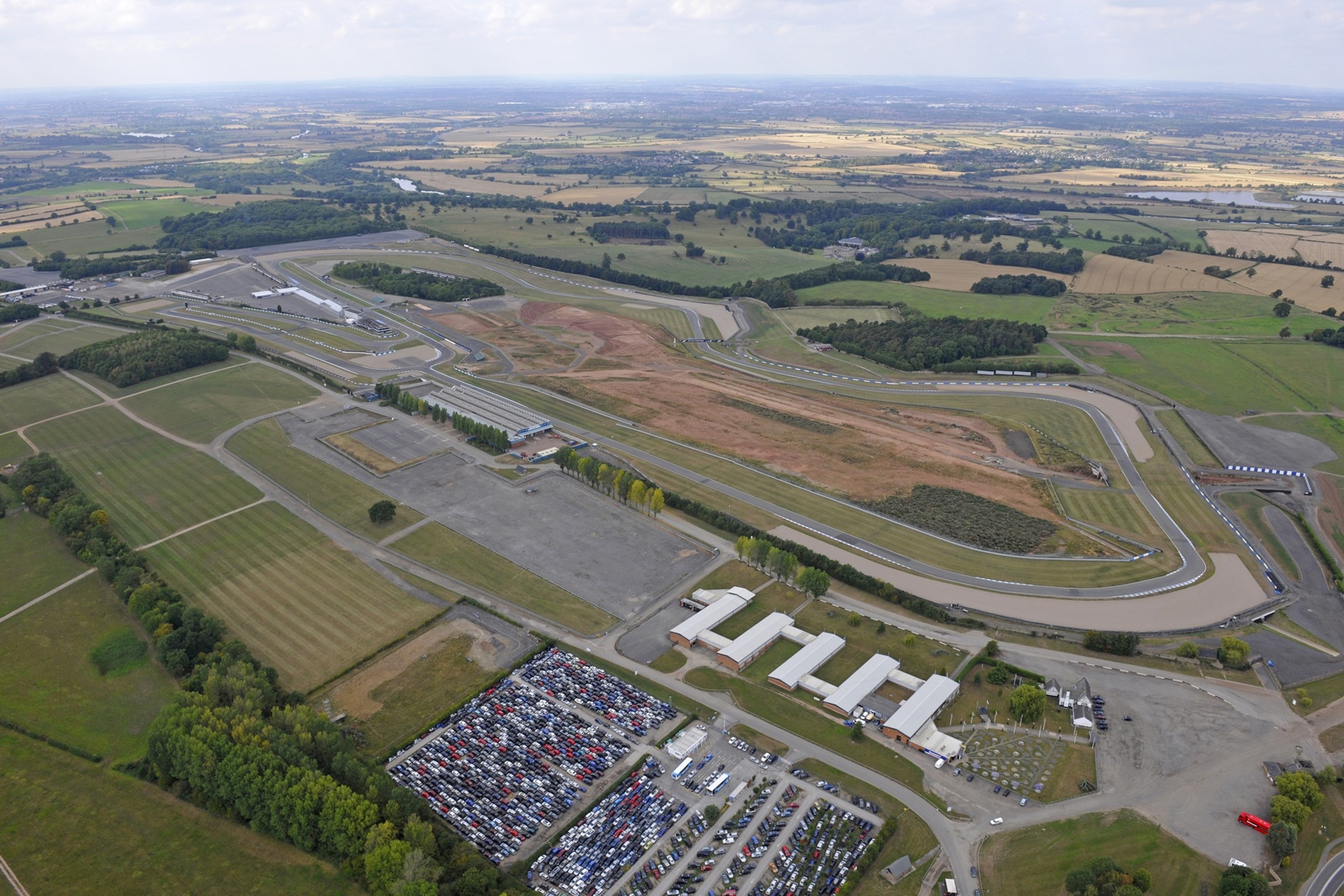
 Argentina
Argentina
 Australia
Australia
 Brazil
Brazil
 China
China
 Germany
Germany
 England
England

 European Union
European Union
 France
France

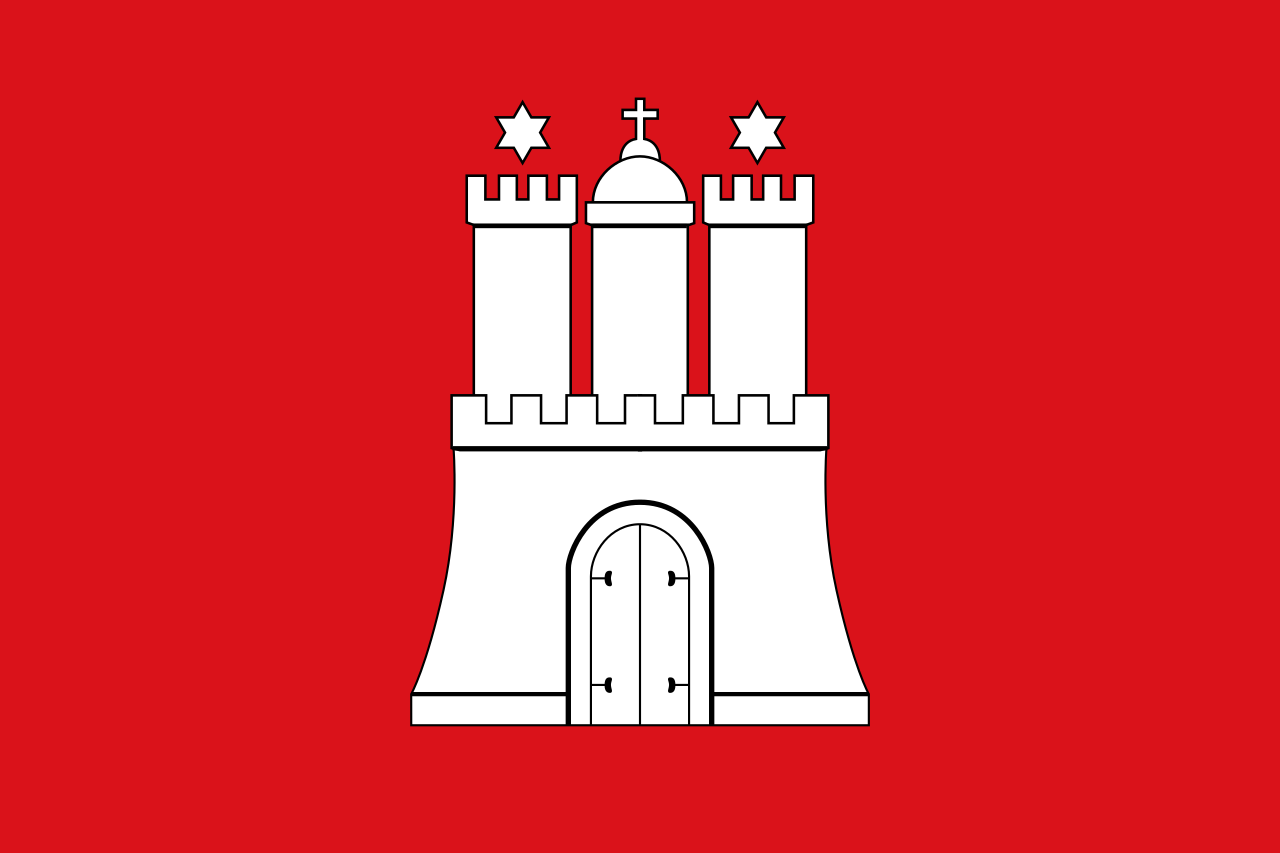 Hamburg
Hamburg

 Hand in Hand
Hand in Hand
 India
India
 Indonesia
Indonesia
 Italy
Italy
 Japan
Japan
 Canada
Canada
 Mexico
Mexico

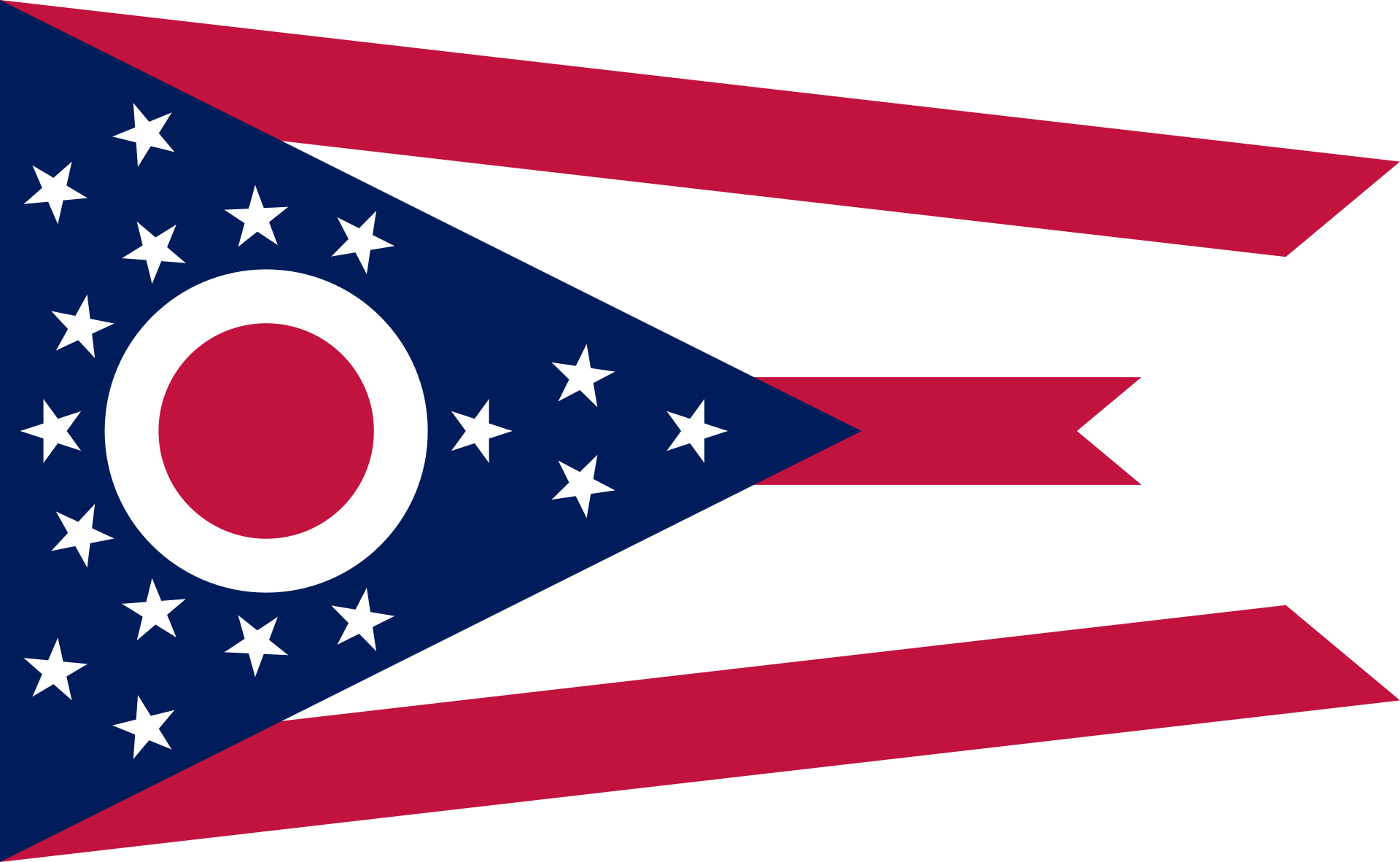 Ohio-OH
Ohio-OH

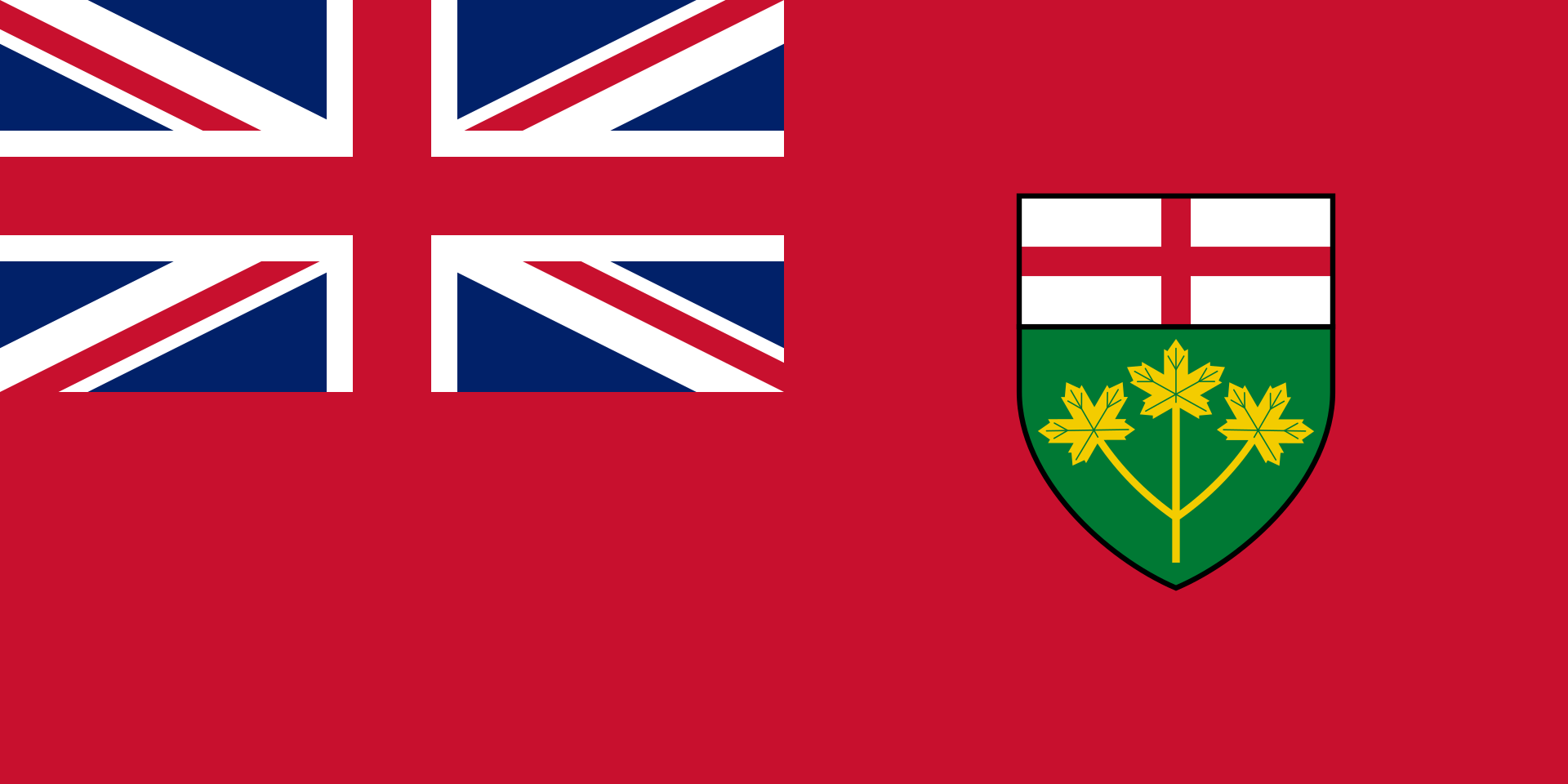 Ontario-ON
Ontario-ON

 Party and government
Party and government

 Party and government
Party and government
 Group of the twenty most important industrial and emerging countries
Group of the twenty most important industrial and emerging countries

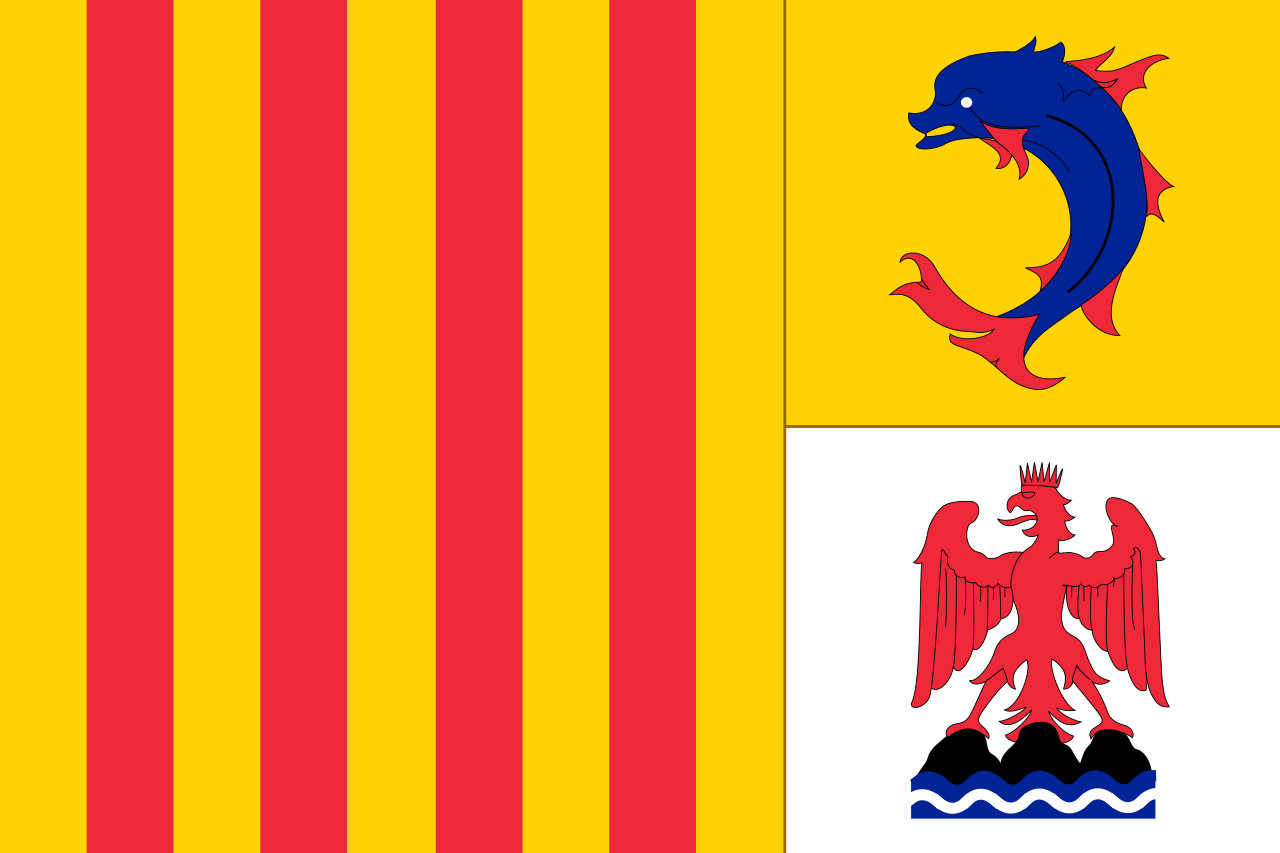 Provence-Alpes-Côte d´Azur
Provence-Alpes-Côte d´Azur

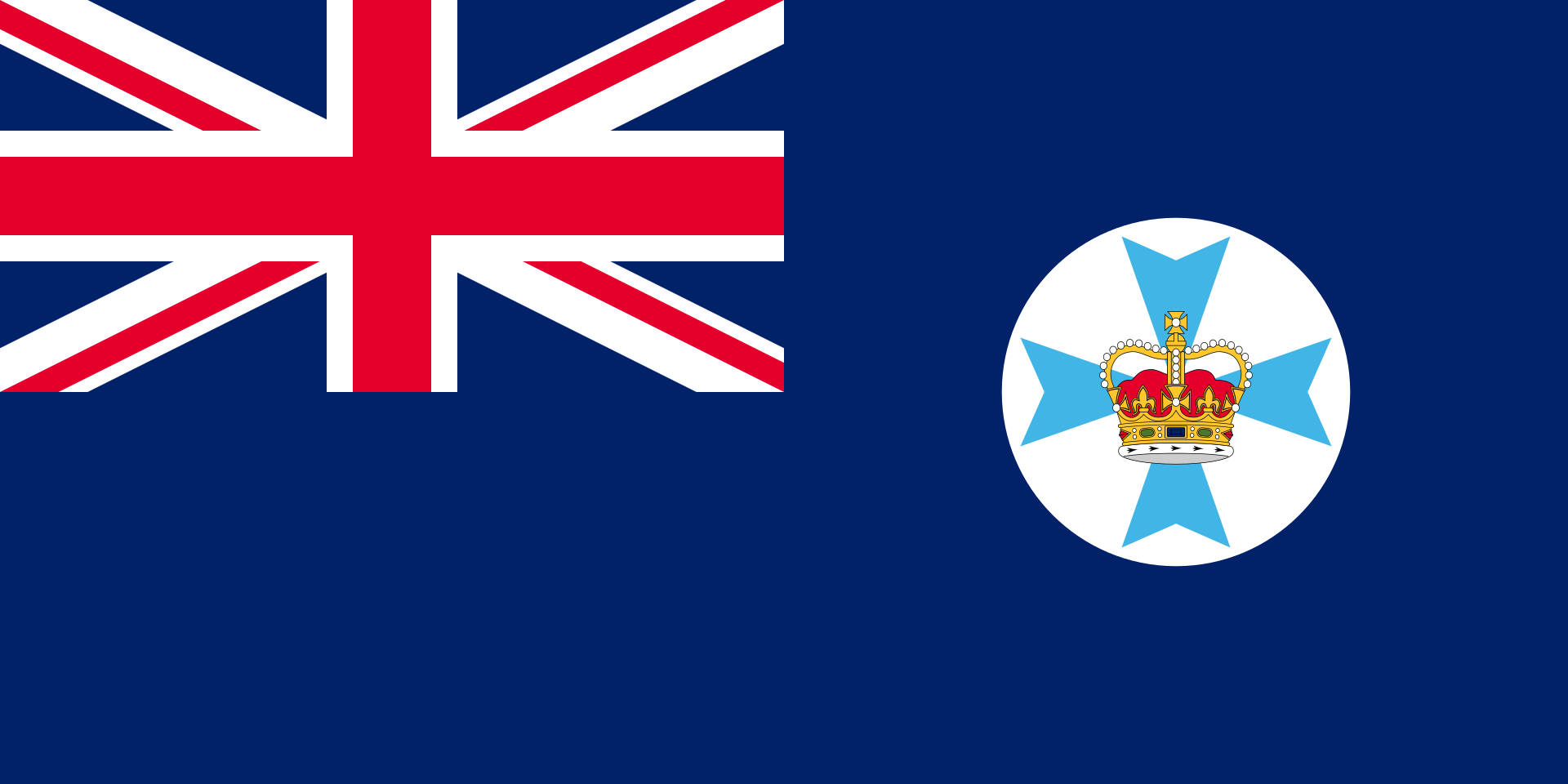 Queensland-QLD
Queensland-QLD
 Republic of Korea
Republic of Korea
 Russia
Russia
 Saudi Arabia
Saudi Arabia
 South Africa
South Africa
 Turkey
Turkey
 United States
United States
 United Kingdom
United Kingdom

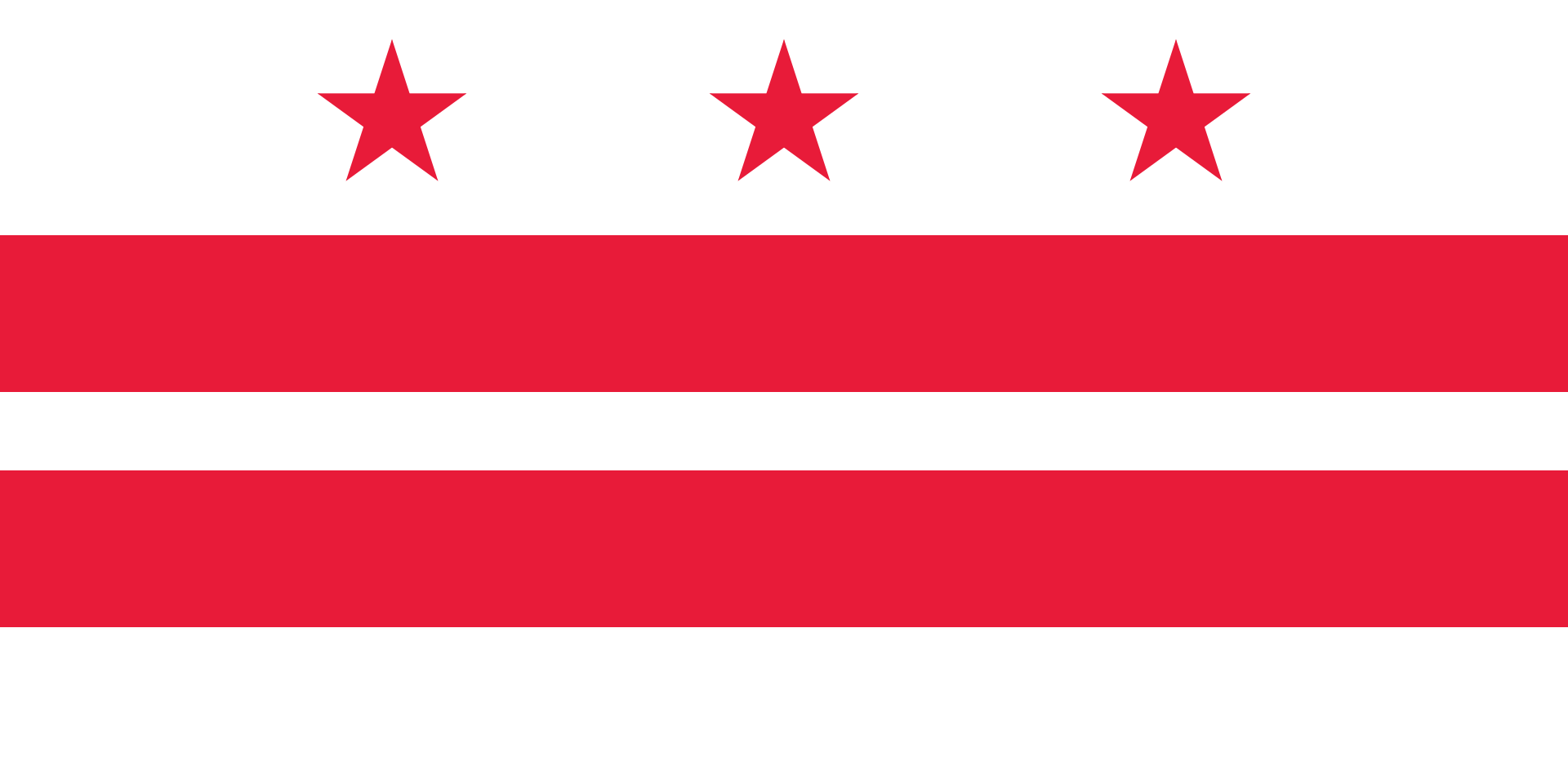 Washington, D.C.
Washington, D.C.
 Zhejiang Sheng-ZJ
Zhejiang Sheng-ZJ

Die G20 (Abkürzung für Gruppe der zwanzig wichtigsten Industrie- und Schwellenländer) ist ein seit 1999 bestehender informeller Zusammenschluss aus 19 Staaten und der Europäischen Union. Sie soll als Forum für die Kooperation und Konsultation in Fragen des internationalen Finanzsystems dienen.
An den Treffen der G20 nehmen die Staats- und Regierungschefs der G20 Länder, die Finanzminister und Zentralbankchefs der G8 und elf weiterer Staaten, darunter die O-5, sowie die EU-Präsidentschaft (wenn diese zu diesem Zeitpunkt nicht von einem G8-Staat geführt wird), der Präsident der Europäischen Zentralbank, der Geschäftsführende Direktor (Managing Director) des Internationalen Währungsfonds, der Vorsitzende des Internationalen Währungs- und Finanzausschusses (IMFC), der Präsident der Weltbank und der Vorsitzende des Development Committees von Weltbank und Internationalem Währungsfonds teil.
20国集团(G20)是一个国际经济合作论坛,于1999年9月25日由八国集团的财长在华盛顿宣布成立,属于布雷顿森林体系框架内非正式对话的一种机制,由原八国集团以及其余十二个重要经济体组成。该组织的宗旨是为推动已工业化的发达国家和新兴市场国家之间就实质性问题进行开放及有建设性的讨论和研究,以寻求合作并促进国际金融稳定和经济的持续增长,按照以往惯例,国际货币基金组织与世界银行列席该组织的会议。20国集团成员涵盖面广,代表性强,该集团的GDP占全球经济的90%,贸易额占全球的80%,因此已取代G8成为全球经济合作的主要论坛。 二十国集团(英语:Group of Twenty,缩写:G20)是一个国际经济合作论坛,于1999年12月16日在德国柏林成立,属于布雷顿森林体系框架内对话的一种机制,由七国集团(加拿大、美国、英国、法国、德国、意大利、日本),金砖五国(巴西、俄罗斯、印度、中国、南非),七个重要经济体(墨西哥、阿根廷、土耳其、沙特阿拉伯、韩国、印度尼西亚、澳大利亚),以及欧洲联盟组成。按照惯例,国际货币基金组织与世界银行列席该组织的会议。
G20(ジートゥエンティ)は、"Group of Twenty"の略で、主要国首脳会議(G7)に参加する7か国、EU、ロシア、および新興国11か国の計20か国・地域からなるグループである。
構成国・地域は、アメリカ合衆国、イギリス、フランス、ドイツ、日本、イタリア、カナダ、EU、ロシア、中華人民共和国、インド、ブラジル、メキシコ、南アフリカ共和国、オーストラリア、大韓民国、インドネシア、サウジアラビア、トルコ、アルゼンチンである。20か国・地域首脳会合(G20首脳会合)および20か国・地域財務大臣・中央銀行総裁会議(G20財務相・中央銀行総裁会議)を開催している。主要20か国・地域[1][2]とも言い、日本の放送局であるNHKでは、先進国会合であるG7と区別して、先進国に新興国を加えた主要20か国[3]と表現している。
The G20 (or Group of Twenty) is an international forum for the governments and central bank governors from 19 countries and the European Union (EU). Founded in 1999 with the aim to discuss policy pertaining to the promotion of international financial stability,[3] the G20 has expanded its agenda since 2008 and heads of government or heads of state, as well as finance ministers, foreign ministers and think tanks[4], have periodically conferred at summits ever since. It seeks to address issues that go beyond the responsibilities of any one organization.[3]
Membership of the G20 consists of 19 individual countries plus the European Union. The EU is represented by the European Commission and by the European Central Bank. Collectively, the G20 economies account for around 90%[5] of the gross world product (GWP), 80% of world trade (or, if excluding EU intra-trade, 75%), two-thirds of the world population,[2] and approximately half of the world land area.
With the G20 growing in stature[6] after its inaugural leaders' summit in 2008, its leaders announced on 25 September 2009 that the group would replace the G8 as the main economic council of wealthy nations.[7] Since its inception, the G20's membership policies have been criticized by some intellectuals,[8][9] and its summits have been a focus for major protests.[10][11]
The heads of the G20 nations held summits twice in 2009 and twice in 2010. Since the November 2011 Cannes summit, G20 summits have been held annually.[12]
Le Groupe des vingt (G20) est un groupe composé de dix-neuf pays et de l'Union européenne dont les ministres, les chefs des banques centrales et les chefs d'État se réunissent annuellement. Il a été créé en 1999, après la succession de crises financières dans les années 19901. Il vise à favoriser la concertation internationale, en intégrant le principe d'un dialogue élargi tenant compte du poids économique croissant pris par un certain nombre de pays. Le G20 représente 85 % du commerce mondial, les deux tiers de la population mondiale et plus de 90 % du produit mondial brut (somme des PIB de tous les pays du monde)1. Le 15 novembre 2008, pour la première fois de son histoire, les chefs d'État ou de gouvernement se sont réunis. Le G20 se décline sous trois formes : les G20 regroupant des chefs d'État et de gouvernement, les G20 finance regroupant les ministres des finances et les gouverneurs des banques centrales et, depuis les 20-21 avril 2010, des G20 sociaux, réunissant les ministres de l'emploi.
Il Gruppo dei 20 (o G20) è un forum dei leader, dei ministri delle finanze e dei governatori delle banche centrali, creato nel 1999, dopo una successione di crisi finanziarie per favorire l'internazionalità economica e la concertazione tenendo conto delle nuove economie in sviluppo. Di esso fanno parte i 19 paesi più industrializzati (quelli del G8 in primis) con l'eccezione di Spagna e Paesi Bassi (sono presenti invece Argentina e Sudafrica). È presente, inoltre, l'Unione europea.
Il G20 rappresenta i due terzi del commercio e della popolazione mondiale, oltre all'80% del PIL mondiale. Sono presenti anche alcune tra le maggiori organizzazioni internazionali.
El Grupo de los 20 (numerónimo: G-20) es un foro cuyos miembros permanentes son 19 países de todos los continentes (Alemania, Arabia Saudita, Argentina, Australia, Brasil, Canadá, China, Corea del Sur, Estados Unidos, Francia, India, Indonesia, Italia, Japón, México, Reino Unido, Rusia, Sudáfrica, Turquía y la Unión Europea).1
Es el principal espacio de deliberación política y económica del mundo.1 En conjunto las entidades políticas representadas en el G20 reúnen el 66 % de la población mundial y el 85 % del producto bruto mundial.1.
El G-20 cuenta además con 14 organizaciones internacionales socias, cuyas presidencias también integran el foro:2
- Mundiales (7): Naciones Unidas (ONU), Fondo Monetario Internacional (FMI), Banco Mundial, Consejo de Estabilidad Financiera (FSB), Organización Internacional del Trabajo (OIT), Organización Mundial de Comercio (OMC) y Organización Mundial de la Salud (OMS)
- Regionales (7): Asociación de Naciones del Sudeste Asiático (ASEAN), Unión Africana, Nueva Alianza para el Desarrollo de África (NEPAD), Comunidad del Caribe (CARICOM), Banco Interamericano de Desarrollo (BID), Banco de Desarrollo de América Latina (CAF) y Organización para la Cooperación y el Desarrollo Económico (OCDE)
El G-20 surgió en dos etapas. Primero en 1999, como un grupo de segundo nivel de autoridades económicas y financieras, y luego como un grupo de primer nivel en 2008, como consecuencia de la crisis mundial que estalló ese año, al constituirse como Cumbre de Jefes de Estado, desplazando al G-8 y al G8+5 como foro de discusión de la economía mundial.3
La instancia más importante del G20 es la Cumbre de Jefes de Estado, denominada Cumbre de Líderes, que se reúne una vez por año.4 El G20 cuenta con dos instancias gubernamentales de segundo nivel, denominadas canales de trabajo: el Canal de Finanzas que reúne a los ministros de Finanzas y presidentes de bancos centrales y el Canal de Sherpas, para tratar los temas no económicos.4
Complementariamente el G-20 cuenta con grupos de participación de la sociedad civil, llamados grupos de afinidad: Business 20 (B20) para empresarios, Civil 20 (C20) para ONGs, Labour 20 (L20) para sindicatos, Science 20 (S20) para científicos, Think 20 (T20) para institutos de investigación, Women 20 (W20) para organizaciones feministas y Youth 20 (Y20) para organizaciones juveniles.4
En 2019 la cumbre se realizó en Osaka Japón, correspondiendo la presidencia del grupo a su primer ministro, Shinzō Abe.
Больша́я двадца́тка (также G20, G-20 , Группа двадцати; официально — англ. The Group of Twenty, major advanced and emerging economies[1]) — клуб правительств и глав центральных банков государств с наиболее развитой и развивающейся экономикой[2].
В совокупности, G20 представляет 85 % мирового валового национального продукта, 75 % мировой торговли (включая торговлю внутри ЕС) и две трети населения мира[2].
Европейский союз представлен председателем Европейской комиссии и председателем Европейского совета[3]. Кроме того, обычно на встречах G20 присутствуют представители различных международных организаций, среди которых Совет по финансовой стабильности, Международный валютный фонд, Всемирная торговая организация, Африканский Союз, АСЕАН, Организация Объединённых Наций и Всемирный банк[2].
Группа 20 была создана в ответ на азиатский финансовый кризис конца 1990-х[2] и растущее сознание того, что страны с развивающейся рыночной экономикой не были адекватно представлены в мировых экономических обсуждениях и принятии решений. Переход от «большой семёрки» к формату G20 был ускорен из опасения катастрофы глобальной экономики в общемировой экономический кризис 2008 года[4]. До 2008 года группа не проводила саммитов на высшем уровне, её основной формой деятельности были ежегодные встречи на уровне министров финансов и глав центробанков. На сегодняшний день саммиты G20 являются глобальным форумом для сотрудничества и консультаций по вопросам, относящимся к международной финансово-экономической систе.
 Life and Style
Life and Style
 Music
Music
 Performing Arts
Performing Arts
 Companies
Companies
 Eat and Drink
Eat and Drink
 Architecture
Architecture
 Museum
Museum
 History
History
 Royalty
Royalty
 Colleges and Universities in Europe
Colleges and Universities in Europe
 Art
Art
 Motorsport
Motorsport
 Sport
Sport
 Economy and trade
Economy and trade